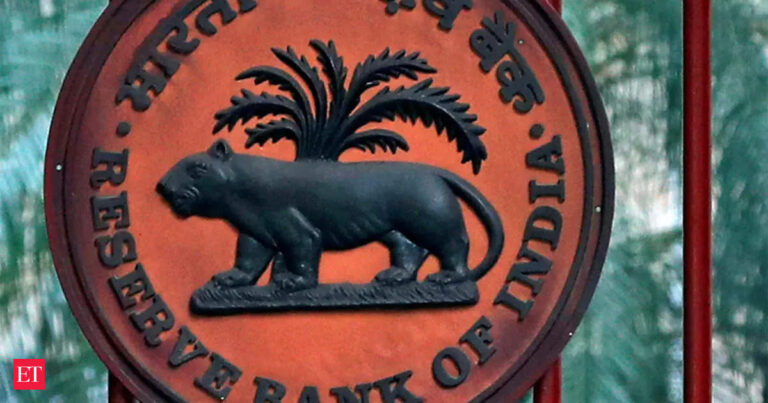“Digital technologies are unlocking opportunities in financial inclusion, fiscal transfers and cross-border trade and remittances,” added RBI in the report.
Boosting consumption:
The RBI in the report noted that diigital payments are helping in consumption smoothing and increasing savings for households, while further helping in stabilising income and increasing sales for firms in the informal sector. “Based on study by Patnam and Yao (2020) study, 400 million mobile money users in India, found that mobile money use increased the resilience of households to shocks by dampening the impact of rainfall shocks on economic activity and household consumption. The study also indicated that firms adopting mobile payments improved their sales after six-months of use, had lower subjective uncertainty and greater sales optimism,” said the RBI in the report.
Addressing the visible economic inequality, the central bank has noted that the way to solve the persistent issue is by widening the reach of financial payments to poor households and micro enterprises, digital payments.
The RBI’s survey also highlighted both consumers and merchants exhibiting higher levels of awareness of digital payments. However, the RBI remains concerned and flagged the need for policy focus, such as the gap between awareness and adoption rates.
RBI flags poor internet penetration:
Although there has been a consistent increase in the availability of digital infrastructure in the country, as of April 2024, internet penetration in the country at 55.3 per cent is below the worldwide average of 67.1 per cent.
“Moreover, there is geographical and regional divide in the availability: internet subscriptions per
100 population in urban areas were more than 2 times higher compared to rural India with an all-India average of 68.2. Among the rural households, only 9.9 per cent have access to a computer, while the proportion is 32.4 per cent among the urban households,” said RBI.
Read More: Digital tech adoption has improved efficiency of banks, increased



